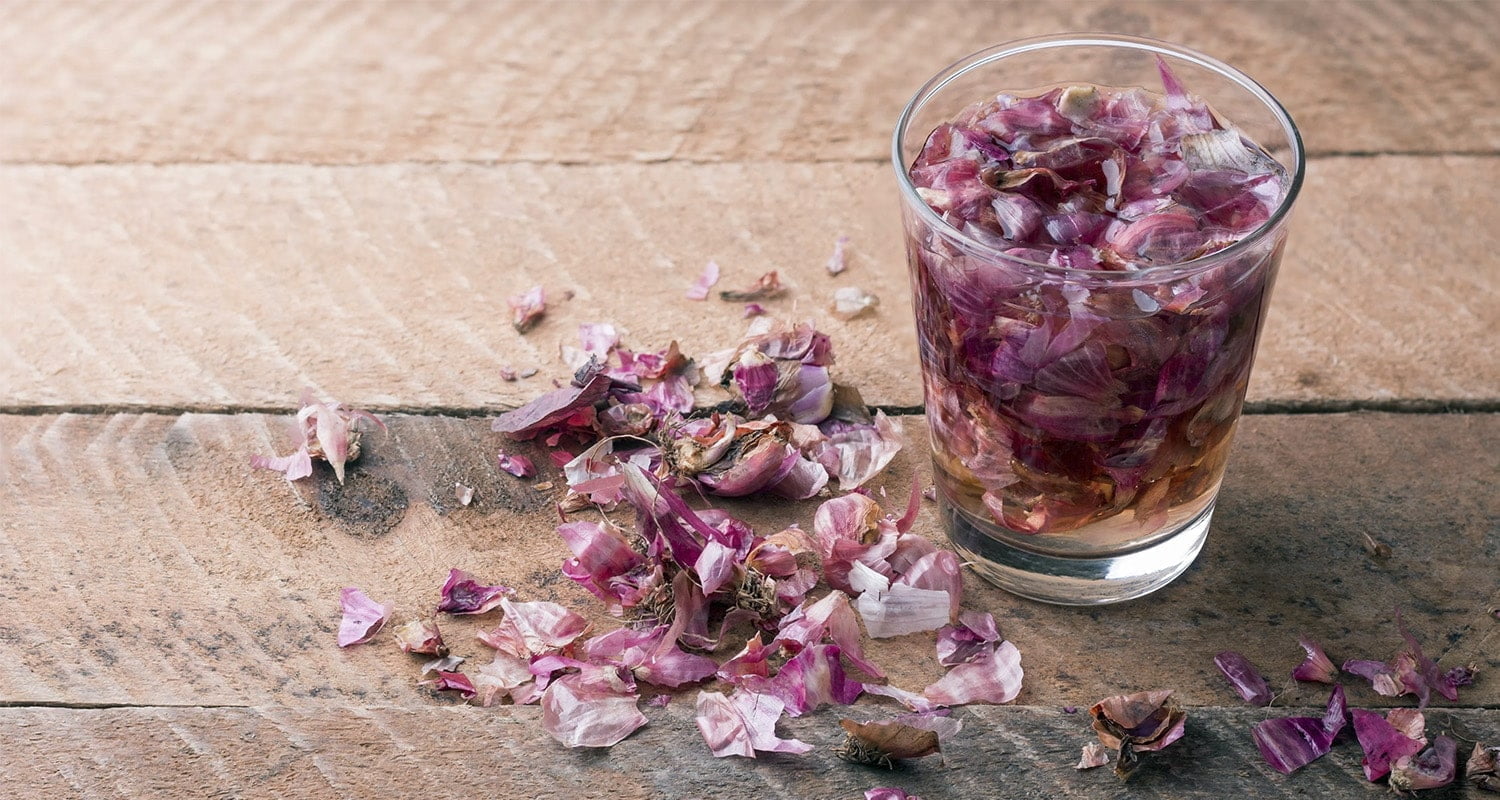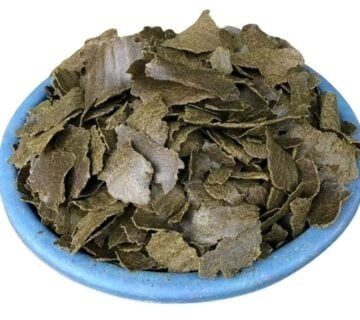Onion Peel Fertilizer
Onion peel fertilizer is a type of organic fertilizer made from the discarded outer layers of onions. These peels are often rich in nutrients that can benefit plant growth. Here are some details about onion peel fertilizer:
- Nutrient Content
- Nitrogen (N): Onion peels contain nitrogen, which is essential for leafy green growth.
- Phosphorus (P): Important for root development and flowering.
- Potassium (K): Essential for overall plant health and disease resistance.
The exact nutrient content, including the NPK (Nitrogen, Phosphorus, Potassium) values, of onion peels can vary, and specific information might not be readily available in scientific literature. However, general estimates suggest that onion peels contain a moderate amount of nitrogen and smaller amounts of phosphorus and potassium. Keep in mind that these values may not be as concentrated as those found in some commercial fertilizers.
As a rough approximation, onion peels may have a nutrient content in the range of:
- Nitrogen (N): 1-2%
- Phosphorus (P): 0.2-0.5
- Potassium (K): 0.5-1
These values can be influenced by factors such as soil conditions, onion variety, and growing conditions. If you are considering using onion peels as a fertilizer, it’s advisable to supplement them with other organic materials to ensure a balanced nutrient profile for your plants. Additionally, the composting or decomposition process can enhance the availability of nutrients for plant uptake.
- Benefits
Organic: Onion peel fertilizer is an organic and natural way to provide nutrients to plants without using synthetic chemicals.
Cost-Effective: It’s a cost-effective way to recycle kitchen waste and improve soil fertility.
Micronutrients: In addition to NPK, onion peels may contain various micronutrients beneficial for plant growth.
- Various methods for making fertilizer from onion peels
Direct Application:
- Peel and chop onion peels into smaller pieces. The smaller the pieces, the faster they will break down.
- Scatter the chopped onion peels around plants and gently work them a few inches into the topsoil.
- Only apply a light layer, as too many onion peels at once can potentially burn plants.
- Water well after applying to help release nutrients into the soil.
- Can apply several times throughout the growing season.
Onion Peel Tea:
- Chop onion peels and place in a mesh bag or jar with small holes/slits.
- Submerge in a bucket of water and let soak 4-6 weeks, occasionally pressing bag to release juices.
- Tea will take on a brown colour and smell of onions when ready.
- Can be watered directly onto plants or added to regular waterings at a rate of 10-20%.
Composting:
- Chop and layer onion peels in your compost bin along with other greens and browns.
- Ideal C:N ratio for composting is around 30:1. Add more dried leaves or cardboard if peels are predominant.
- Turn regularly to aerate pile and speed decomposition of peels over 6-8 weeks.
- Finished compost can then be mixed into soil or used as a potting medium.
Mulching:
- For established plants and gardens, lay onion peels as a 2-4 inch mulch layer around bases.
- As peels break down, they’ll add extra nutrients and moisture-holding ability to the topsoil.
- Refrain from direct contact with plant stems to prevent rotting.
The key is using small, chopped pieces and moderation to get the benefits without burning with these organic onion peel fertilizing methods.
- Plants that LIKE onion peel fertilizer
Roses – Their lush blooms are supported by onion’s sulfur and micronutrient profile.
Dahlias – Support large, vibrant blooms throughout summer and fall.
Zinnias – Encourage prolific blooming right up until first frost.
Marigolds – Thrive with onion’s soil nutrients and added pest deterrent properties.
Petunias – Boost flowering, leaf size and vigor.
Cosmos – Onion feeds their continuous display of colorful blooms.
- Plants to be CAUTIOUS with onion Peel fertilizer
Orchids – Sensitive feeders prone to nutrient imbalances or root rot from excess moisture retention.
Tulips, daffodils, hyacinths – Onion aroma deters bees from pollinating bulbs.
Lilies – Prefer unfertilized, well-draining soil. Nitrogen could encourage foliar disease.
Tropicals – Plants like houseplants or citrus prefer acid soils but onion peel releases alkalizing nitrogen.
Young Seedlings – High nitrogen content can potentially burn delicate leaves before plants are established.
Bulb Flowers – Onion aroma deters pollinators from tulips, daffodils. May also inhibit blooming.
Delicate Herbs – Basil, dill etc do best with lighter feeding to prevent foliage damage.
Delicate annuals – Pansies, snapdragons etc. benefit from diluted, infrequent fertilizer.
Always do a small test area first, go light on nitrogen-rich onion peels especially at planting or for bulbs/lilies/orchids requiring specific cultural conditions. Consistency over time while monitoring drainage/pest conditions is key.
- Precautions
Composting: Ensure that the onion peels are properly composted or decomposed to avoid any potential issues with plant growth.
Moderation: Use onion peel fertilizer in moderation to prevent over-fertilization, which can harm plants.
- Other Uses
Pest Repellent: Some gardeners believe that onion peels can act as a natural pest repellent.
Soil Conditioning: The organic matter in onion peels can help improve soil structure and water retention.
- Reduced Waste
By using onion peels that would have otherwise been thrown away, you can reduce waste and contribute to a more sustainable environment.
- Eco-Friendly
Onion peel fertilizer is an organic and eco-friendly option, making it a great alternative to chemical fertilizers that can harm the environment.
- Research
While there is anecdotal evidence supporting the use of onion peel fertilizer, scientific research on its effectiveness may be limited. It’s always a good idea to combine various organic materials for a balanced nutrient profile.
Remember that the effectiveness of any fertilizer, including onion peel fertilizer, can vary based on soil conditions, plant types, and other environmental factors. Always monitor your plants and make adjustments as needed.
In conclusion, onion peel fertilizer is an effective and eco-friendly way to nourish your plants while also reducing waste. By following the steps outlined above, you can easily make your own onion peel fertilizer and contribute to a sustainable and healthy garden.



No comment